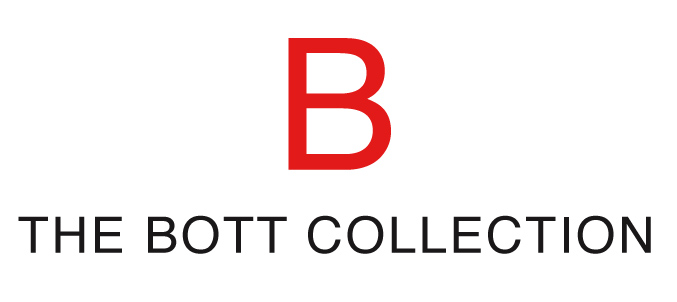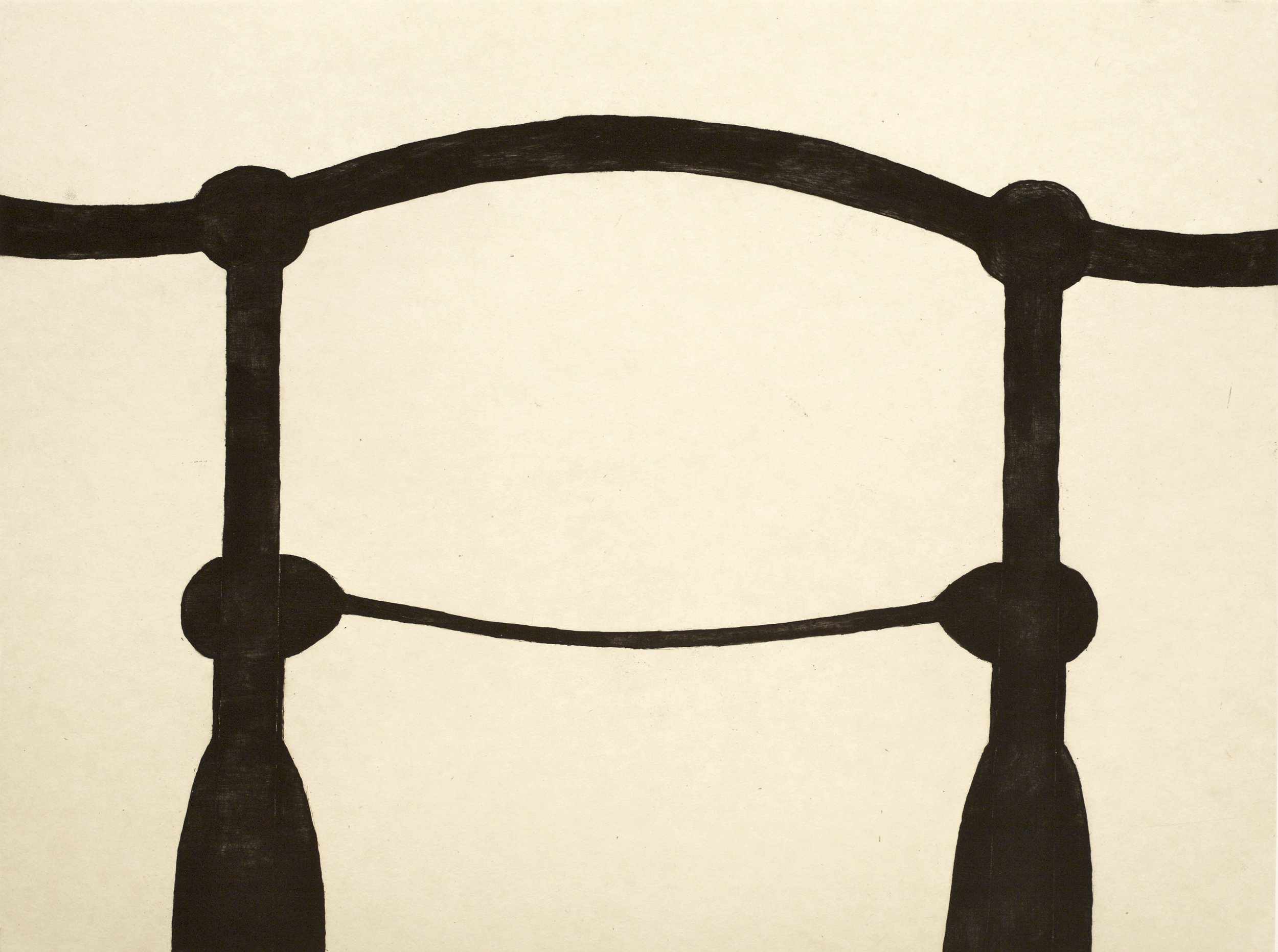Last year, the U.S. State Department selected Martin Puryear to represent the United States at the Venice Biennale’s 58th International Art Exhibition, which opens this month. It’s a long overdue victory for the venerable sculptor, whose site-specific installations will be on display in the Biennale’s U.S. Pavilion from May 11 to November 24, 2019. So I thought I would pay homage to the long relationship I had with Martin, as well as to the 24 beautiful intaglio editions that were made in the print studio of Paulson Bott Press (now Paulson Fontaine Press).
I first met Martin in 2000. We were both at the opening of the Anderson Print Collection debut at the de Young Museum in San Francisco. I had written Martin a letter well in advance of the opening to see if we could arrange a meeting to discuss doing a print project together. I knew that he would be in attendance, but we had yet to connect.
The opening was very well attended, and it took some elbow strength to get through the crowd. All of the local artists, curators, and print aficionados were there. I approached Martin and introduced myself. I explained that I had seen his sculpture at Steven Oliver’s sculpture garden in Sonoma, California, and that I was the one who had written to him about working together. He smiled warmly and nodded. As he extended his right hand to shake mine, his left hand drifted to his breast jacket pocket and he patted his chest lightly. “I’ve got your letter right here,” he said. And to my astonishment, he withdrew a slightly crinkled envelope with our logo clearly visible. “I was going to call you.”
We made arrangements to meet at the press the next day. Martin liked what he saw in our studio. He carefully observed our presses and our print dryer. He asked if we had made the device, and when we said we had, he pondered our choice of materials and engineering. He then offered a few brilliant suggestions on how to improve the device. He was in town to discuss a show of his work slated for the Berkeley Art Museum in fall of 2001. Our meeting went well. We made plans to work with him when he came out to install the show.
In early September, Martin flew from upstate New York to San Francisco. He was dividing his time between our studio and the museum in Berkeley. For the first several days, he spent most of the day at the museum, overseeing the installation of his show and preparing for the opening on Thursday September 11, 2001.
Just as the first rays of morning light hit the California coast, two airplanes flew into the World Trade Center Towers in New York City. We awoke to the atrocious news, and the world as we knew it ended. It was hard to fathom what had happened or what to do.
Because of the tragedy, Martin’s opening at the museum was cancelled, although an informal group of people gathered there that night. Martin lives in upstate New York. He had ascertained earlier that day that his family was safe, but like most New Yorkers who were traveling, he wanted to get home to be with his family as soon as he could. However, all the airplanes were grounded. So he agreed to stay and make some prints.
UNTITLED & JUG, 2001, Soft ground etching with drypoint and chine collé, 35 x 28”, Edition of 40
We made two during that project: Untitled and Jug, 2001. These two graceful prints marked the beginning of a long and important relationship between the press and Martin. As Martin worked, carving deliberate lines of drypoint into the copper plates, he talked about globalization and the importance of world leaders setting good examples. As he talked, venting and thinking aloud, I appreciated the depth of his knowledge about the world and politics. The thought crossed my mind that Martin was not unlike a spiritual leader, with wise words, a gentle demeanor, and a soft voice.
Martin Puryear spit bites on an aquatinted plate.
The two prints we made during the first project with Martin summed up the essence of the time in which they were created. In his print Untitled, a cone constructed of curving lines, too tall for the frame, bends in a graceful downward turn to the right, as if surrendering to gravity.
Jug, the second print, is reminiscent of a leather Bota bag, complete with rings for attaching a leather strap. For me, this image implies that as humans, we are all in this together: we must drink from the same well in order to solve world problems.
Working with Martin was always a delight, surprising as well as educational. I loved hearing his stories, whether about living abroad in Sierra Leone or Sweden or building and rolling a kayak. I remember watching him drop to the ground and do 25 perfect push-ups late one night after a very long day of work. His work invited me to appreciate the simplicity of good decisions, form, and design, and encouraged me to take those concepts even further and apply them to my own everyday life.
Renee Bott with Martin Puryear, 2012.
Martin loved seeing well-made tools of any sort. Over the years of working together, we often traded small kitchen tools from the local Sur La Table. Now, when I see a beautiful tool, it reminds me of Martin’s appreciation for good design, and I make a mental note to send it to him for his collection.
Pot scraper designed by Martin Puryear






